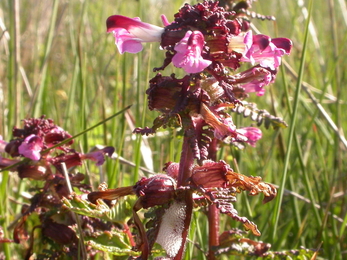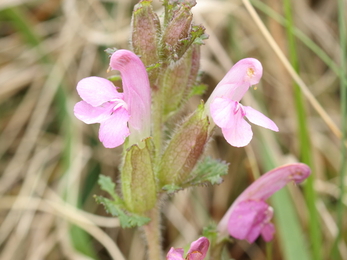This autumn got very wet very quicky at the Fenland NNRs. Woodwalton Fen NNR is used as a flood storage area by the Middle Level Commissioners (who are responsible for water level management and flood prevention in the area). The second half of October saw enough water come into the system that we were given warning that they might need to flood Woodwalton Fen.
Happily, the water level didn’t quite reach its overtopping point, so the NNR was not flooded this time. However, the amount of rain that did fall caused the ground conditions on site to deteriorate rapidly. This happened much earlier than we usually expect. Therefore, we took the decision to temporarily close the site in order to prevent damage happening to the tracks too early in the winter. If the site had remained open and the rides had been damaged, it may have resulted in us having to shut the site for a longer time period later in the season or, worse still, could have caused damage to the botanically rich ride-side habitats that are such an important part of the NNR.
As the winter continues, further closures of certain parts of the site, or of the site as a whole are possible- dependant on weather and how this impacts the condition of the site. We thank you for your understanding and cooperation so far, and in advance for your further cooperation through the rest of the season. Please keep an eye on the website and our Facebook page for updates.


